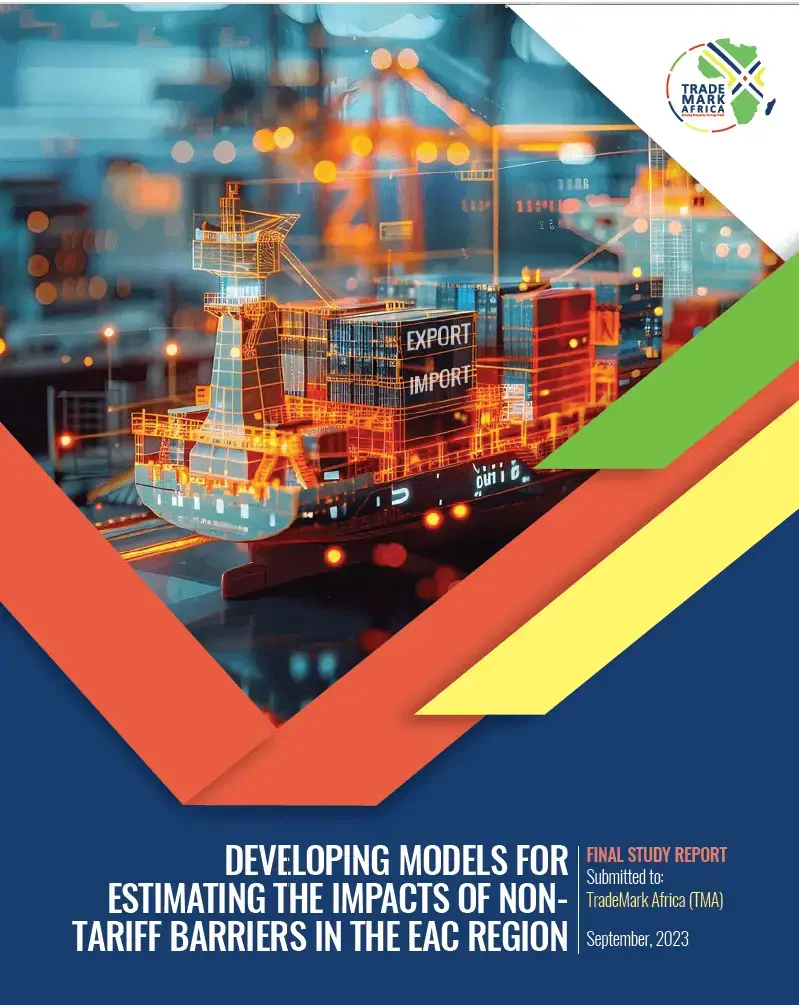Click Here to View the Publication
Over the past two decades, non-tariff barriers (NTBs) have emerged as the most persistent and complex challenge to international trade, with their prevalence steadily rising across the world. The East African Community (EAC) has not been immune to this trend, with NTBs continuing to evolve in form and scope, creating significant obstacles to the seamless flow of goods and services across the region.
In 2021 alone, NTBs reported for the first time within the EAC accounted for over four percent of the total existing barriers, underscoring the enormity of the problem. In response to this, EAC Partner States have taken steps to address these trade impediments, including the enactment of the EAC Elimination of Non-Tariff Barriers Act, 2017. This legislation provides a structured legal framework for monitoring and resolving NTBs, supported by tools such as the Time-Bound Programme for NTBs elimination and various directives, regulations, and recommendations issued by the EAC Council of Ministers.
Despite these efforts, the region has faced a longstanding challenge in quantifying the actual impact of NTBs and, more importantly, the benefits of their removal. Without this data, it is difficult to prioritise interventions and allocate resources effectively. To address this gap, a recent study has developed a model designed to estimate the impact of NTBs within the EAC, with a specific focus on those arising along the Northern and Central transport corridors. The study reviewed existing techniques for measuring the impacts of NTBs, identified specific NTBs in the region responsive to quantification, and formulated a robust model that captures their effect on trade performance.
Drawing on data from the EAC database portal, as well as the Northern Corridor Transit and Transport Coordination Authority (NCTTCA) and the Central Corridor Transit Transport Facilitation Agency (CCTTFA), the study used quarterly data to build and test its model. Due to data limitations, the initial modelling effort focused on four EAC Partner States: Kenya, Rwanda, Tanzania, and Uganda.
The result is a valuable tool for policymakers, enabling a more evidence-based approach to the elimination of NTBs. By quantifying the trade impact of specific NTBs, the model strengthens the EAC’s ongoing NTBs elimination programme, offering a means of identifying high-impact barriers and directing resources to where they are most needed. This marks a critical step forward in fostering greater trade integration, reducing costs, and enhancing competitiveness within the region. Such analytical tools will be vital in unlocking the region’s full trade potential.


